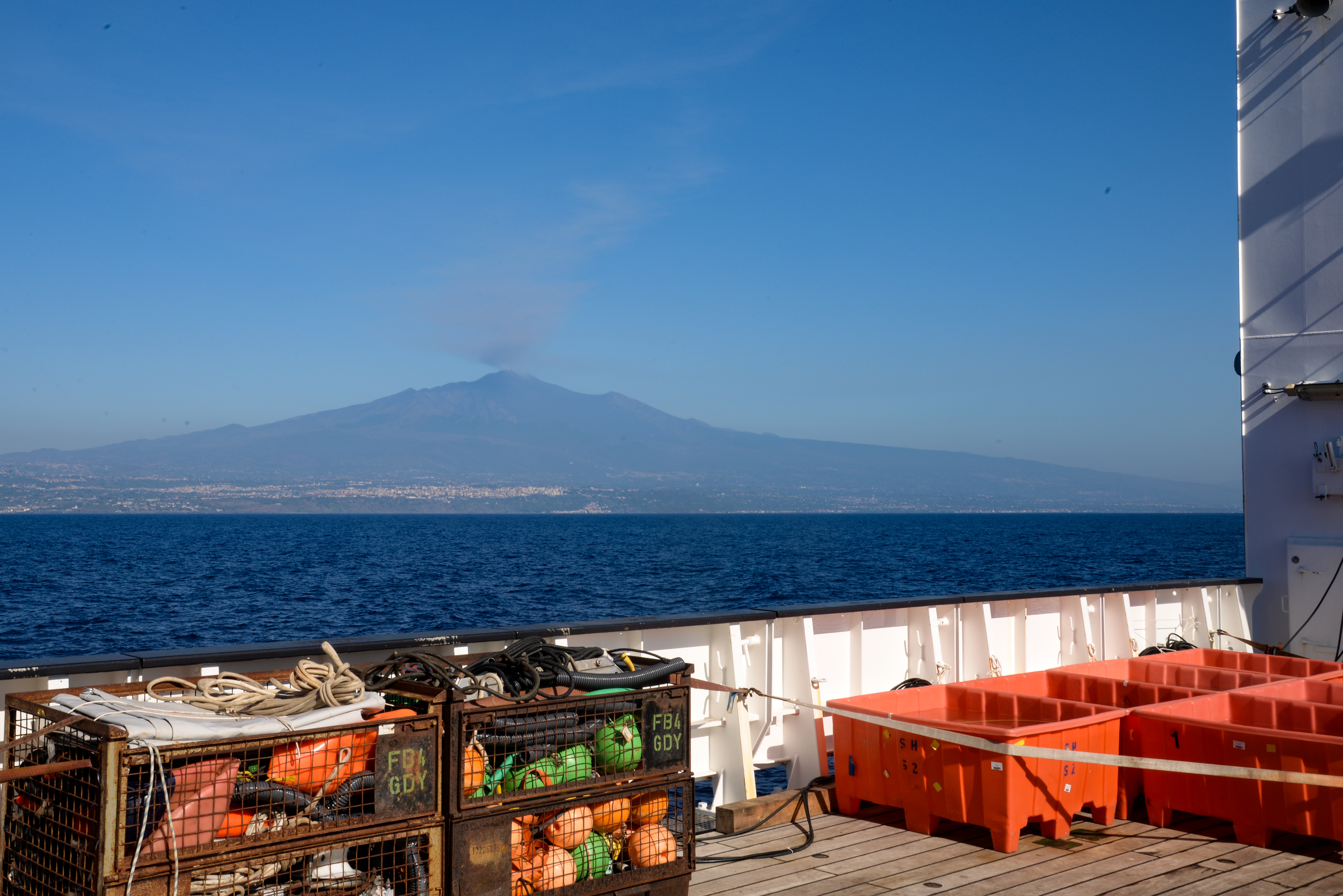
Several years ago, I was able to travel to Lisbon to work with the Galileo Teacher Training Program. Sitting in a small cafe, I was struck by the beautiful wreckage of an old cathedral. When I asked my collaborator about it, she told me a story I’d never heard.
In 1755, an earthquake struck the region, shaking the landscape for more than three minutes with a quake estimated to be between magnitude 8.5 and 9. With an epicenter located out at sea, the devastation didn’t end with the end of the shaking. It was followed by a tsunami – a hazard unfamiliar to Europeans. According to historical reports, the water retreated from the Rio Teja estuary and revealed shipwrecks, leading thousands of confused people to race into the waterway in search of treasure. Unfortunately, a nine-meter wave was on its way, and thousands of people who survived the quake were lost to the water.
The earthquake was on the Azores-Gibraltar Faultline, and there is no reason to believe such an event can’t happen again. That devastated cathedral I could see from the cafe was a reminder that our world is alive and will destroy even the most beautiful of human creations without thought or care.
We really need to plan for these events everywhere and not just in the most active areas of our world.
During the eighth European Marine Board Forum focused on Supporting the Ocean Decade in Europe, researchers began work on a now published position paper that lays out things governments and corporations need to think about as we build and maintain global infrastructure. As an astronomer, I was unaware of all the ways planetary geology can wreck our daily life.
Beyond the understood issues of earthquakes and volcanic eruptions and the tsunami they can trigger, researchers also detailed issues with things as mundane as the slow migration of sandbars across the ocean floor. While generally of concern only to navigators, these shifting sands can shift onto underwater cables and potentially damage them, to the point of potentially cutting off internet between continents.
Study organizer Heidrun Kopp puts it this way: The probabilities with which geological events such as earthquakes or volcanic eruptions occur have not changed over millions of years. But the magnitude of damage is increasing because coasts are becoming more densely populated, we have built ports and industrial facilities on the coasts and on the seafloor, and we’ve generally accumulated large values there.
It is stated in a press release from GEOMAR at the Helmholtz Centre for Ocean Research in Kiel that: …there is still a considerable need for research to better assess geological hazards in Europe’s seas. For example, there is still no high-resolution map of the seafloor that accurately shows the geological fracture zones and margins of the continental plates where earthquakes often occur.
Put another way, we need to develop the kinds of ocean floor maps that we have for the land. Unfortunately, studying the seafloor is something that is significantly harder and can’t be done with a well-placed set of satellites.
While we remain years to decades away from the kinds of ocean maps many might wish for, we can now focus on planning how we’ll recover when – not if – the next disaster occurs. For Europe at least, there is a clear understanding that folks will help each other, with Kopp explaining: If a natural disaster were to occur on Europe’s coasts, all European Union states would be involved – both in disaster relief and in financing reconstruction.
More Information
GEOMAR press release
PDF: Position Paper “Marine geohazards: Safeguarding society and the Blue Economy from a hidden threat”



